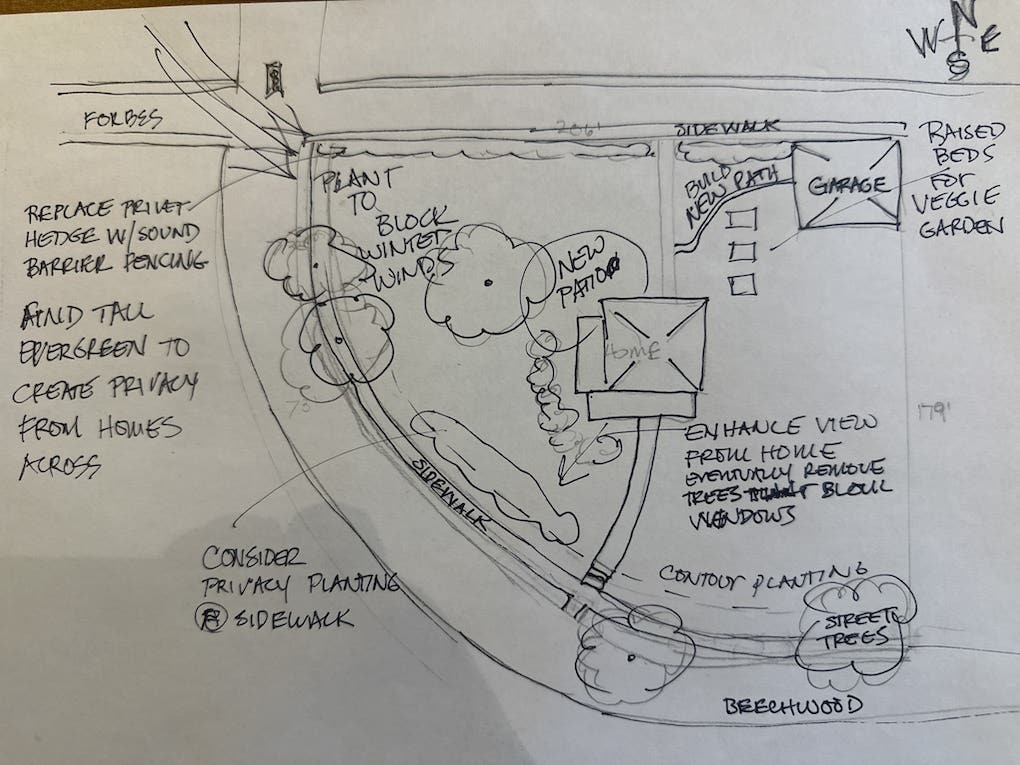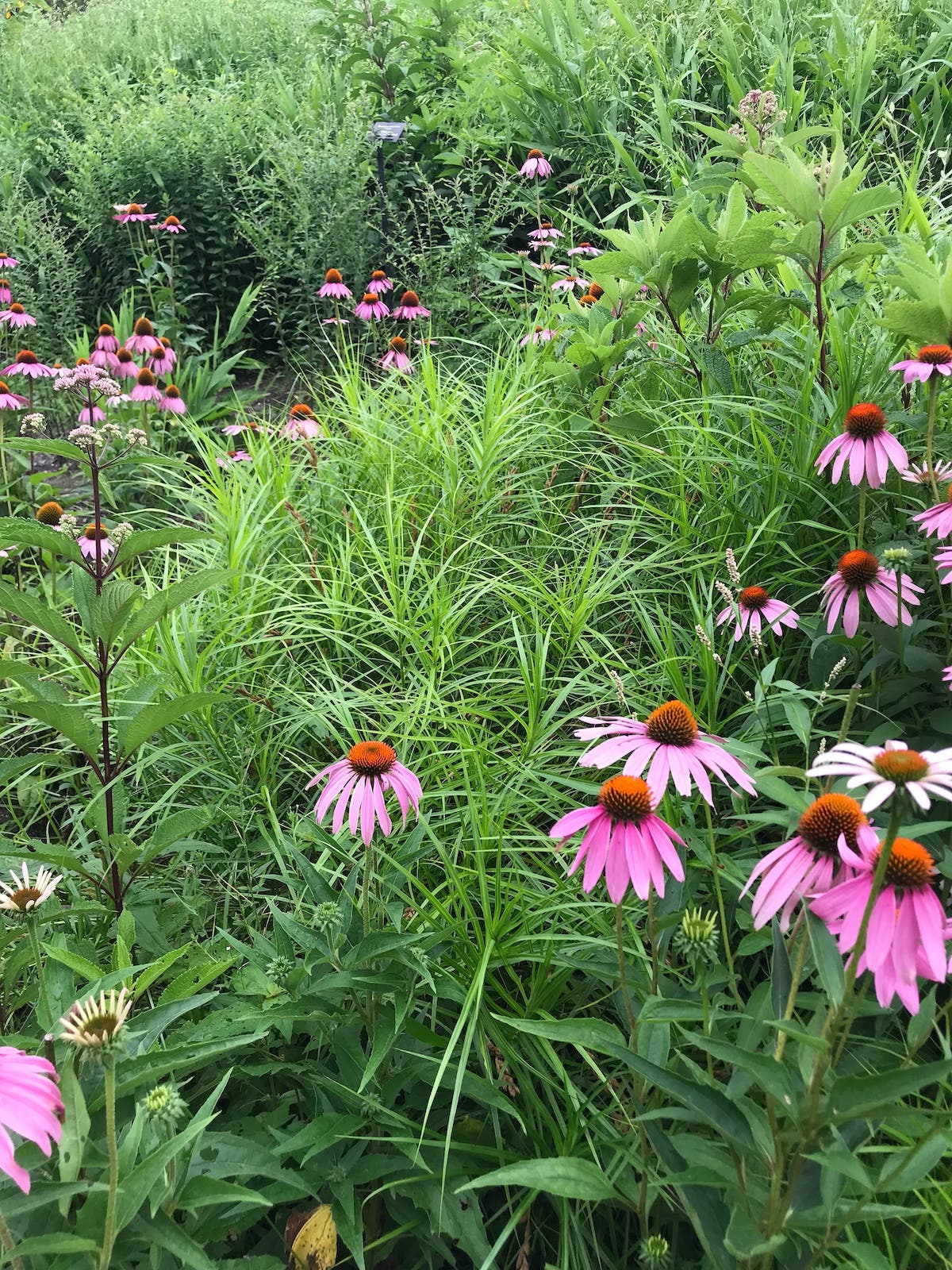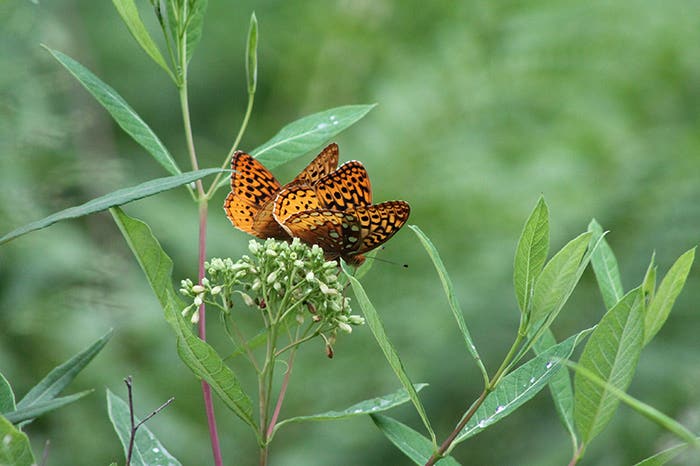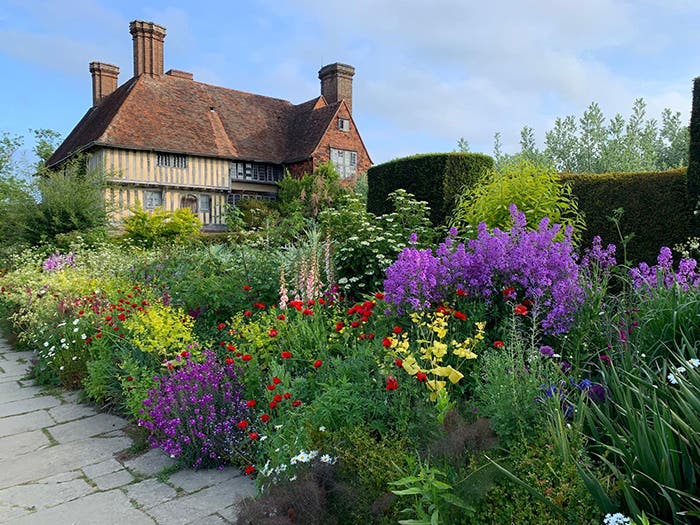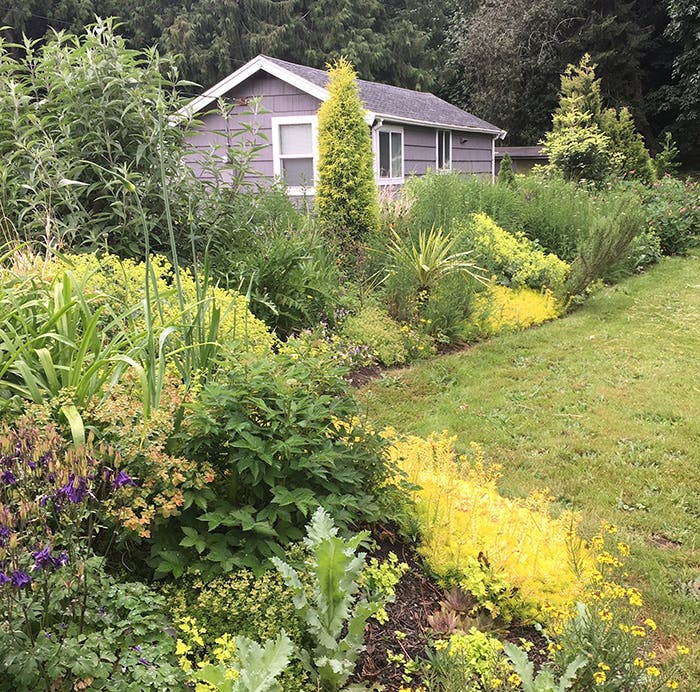Preserving Gardens
Horticulture’s January/February 2012 issue, which focuses on public gardens and all they have to offer, includes a feature on 10 gardens that have opened to the public in the past…
Horticulture’s January/February 2012 issue, which focuses on public gardens and all they have to offer, includes a feature on 10 gardens that have opened to the public in the past 10 years. The Garden Conservancy helped many of those gardens make the transition from private to public. The Garden Conservancy also brought to our attention four destinations with a longer history of public access, but that have undergone major restorations in the past decade, transforming them and making the visitor’s experience, in many ways, a new one.
Gardens of Alcatraz, San Francisco, Calif.
In 1861, a military prison was established on Alcatraz, a rocky, wind-battered island in San Francisco bay. That same year, soil was brought to the island and a few gardens were created, along with plantings aimed at controlling erosion. By 1881, gardening had become part of daily life for resident military officers and their families; in later years, military inmates took part in creating gardens around new cell houses and guard towers, and sowed wildflower seeds and planted trees and shrubs across the island. After the facility became a federal prison in 1933, gardening became even more prominent; the warden’s secretary, Freddie Reichel, was himself an avid gardener and pushed for the federal prisoners to be allowed to work in the gardens and a greenhouse. After the closing of the prison in 1963, the gardens were quickly overtaken by weeds and invasive plants.
In 2003, a partnership was formed among the Garden Conservancy, the Golden Gate National Parks Conservancy and the National Park Service, which manages Alcatraz as a National Historic Landmark, to restore the gardens on the island. The goal is for visitors to enjoy the plantings and learn about the role they played in the lives of the soldiers, wardens, families and inmates who lived on the island. The gardens include both original plantings, which were uncovered during restoration, and new plants added by staff and volunteers.
Visit the website of the Gardens of Alcatraz. Be sure to check out Project Manager Shelagh Fritz’s excellent blog, in which she writes about current work in the gardens, outstanding plants and the horticultural history of the place.
Longue Vue House & Gardens, New Orleans, La.
Longue Vue was first created as a grand home in the 1920s. However, its owners, Edgar and Edith Stern, began to work a leading landscape architect of the day, Ellen Biddle Shipman, in 1934, and soon determined the current home did not suit the sort of landscape they wanted to create. The original house was moved and a new house, designed by William and Geoffrey Platt, was put up in its place.
The gardens at Longue Vue, which is today a National Historic Landmark, were first restored beginning in 1990, but 2005’s Hurrican Katrina wreaked havoc on its plants and infrastructure. Hundreds of trees and two-thirds of the smaller plantings were killed or heavily damaged. The Garden Conservancy sent volunteers to assist in the clean up, funded a landscape renewal plan and put in place a project manager to lead a restoration and reclaim Shipman’s original design.
The Mount, Lenox, Mass.
The Mount was the estate home of Pulitzer Prize–winning author Edith Wharton, perhaps best known for her novels The Age of Innocence, The House of Mirth and Ethan Frome, though she also wrote nonfiction books on architecture and gardens. Wharton led the design of both the house (built in 1902) and the gardens at The Mount, which include a walled garden, a lime walk, lawn terraces, a kitchen garden and flower gardens with both French and English design aesthetics. She was assisted in the gardens’ design by noted designer Beatrix Farrand.
In 1980, a non-profit group was formed to preserve and restore The Mount and to make it the site of literary and cultural events. Today, the Edith Wharton Restoration group continues to restore additional sections of garden, plan educational and cultural programs and celebrate Wharton’s legacy in all ways.
Nemours Mansion & Gardens, Wilmongton, Del.
Alfred duPont built the 102-room Nemours as a gift to his second wife, Alicia, in 1907. The gardens surrounding the mansion reflect duPont’s travels through Europe, exhibiting formal design elements, sculpture, symmetry and framed views. Dupont stipulated in his will that Nemours be preserved and maintained “for the benefit of the public.” (He also created a trust for the formation of the Nemours Foundation, a non-profit dedicated to children’s health. Today the estate sits adjacent the grounds of the Alfred I. duPont Hospital for Children, one of several such facilities the foundation has created nationwide.) A 39 million–dollar restoration of the estate was completed in 2008; it included the building of a new Visitor’s Center that introduces guests to the life and work of Alfred duPont and the culture of his day.
The Garden Conservancy also points to these as gardens to watch in the coming years:


